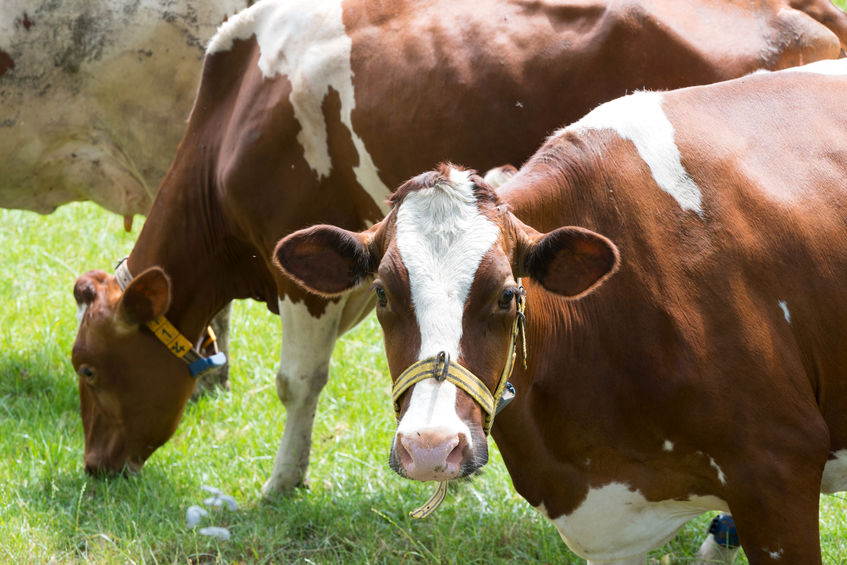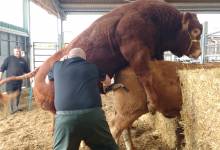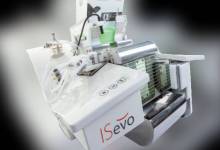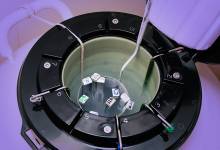A case of BSE ( Bovine Spongiform Encephalopathy) also known as “Mad Cows Disease” has been confirmed on a farm in Aberdeenshire in Scotland.
Further investigation in to how the animal contracted BSE is currently underway. A movement ban is in place on the Scottish dairy farm.
This is the first case of Mad Cows Disease in Scotland for 10 years, it was discovered in the animal during routine tests after it died. This is the first case of BSE in the UK since 2015, which was found on a farm in Carmarthenshire, Wales.
Strict Biosecurity Measures
The Chief Veterinary Officer Sheila Voas, urged farmers to call a vet immediately if they have any concerns.
There is no information on how the disease was contracted as yet, but its discovery shows that the routine BSE testing of fallen stock is working to prevent wide spread of the disease.
Whilst Mad Cows Disease is not passed between animals directly EU legislation requires that all offspring born up to two years before or after an infected cow shows signs of the disease must be slaughtered.
BSE Testing Cohorts
Cohorts are:
- Animals from the same herd born a year before or after
- Animals reared with a case of BSE prior to being a year old
The APHA uses BCMS (British Cattle Movement Service) records to assist in tracing cohorts of Bovine Spongiform Encephalopathy positive cattle.
Cohorts of Bovine Spongiform Encephalopathy infected cattle must be culled and tested. This is due to the likelihood that they have eaten the same food.
If you have cattle identified as cohorts for culling and you have evidence that your animals did not have any contact with the infected animals feed you can appeal.
‘Classical BSE’
Mathew Baylis, Chair of Veterinary Epidemiology at the University of Liverpool said
“The epidemic of Bovine Spongiform Encephalopathy in cattle in the UK is largely over but there is still the odd detected case,”
It’s too early to say if this case is significant.
The BSE case in question is classed as ‘classical BSE’, like most of the cases in the UK. This form of BSE is acquired by cattle from BSE-contaminated food.
Investigations continue to find out whether this is an old animal which was infected a long time ago or a young animal which indicates there may be still be an active infection source on the dairy farm, like a contaminated food bin.



